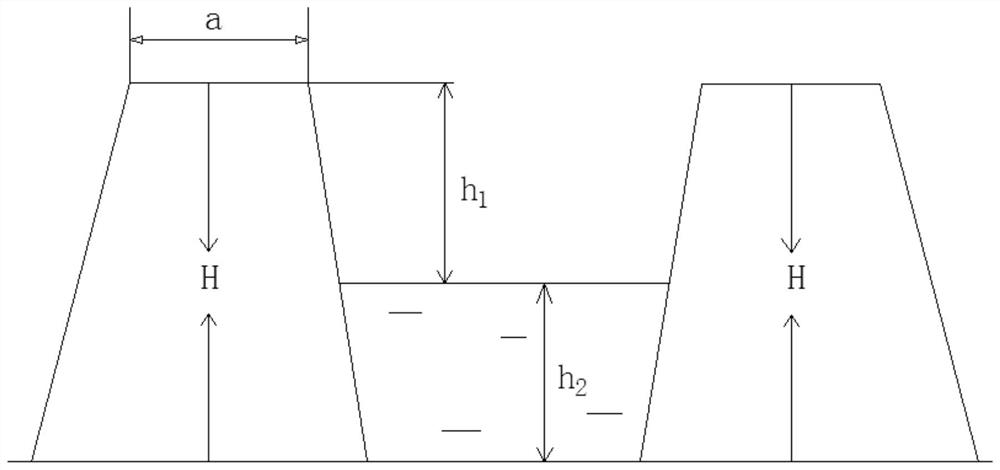A Restoration Method for Improving the Community Stability of S.
A technology for the restoration of Chimpanzea flatus and its recovery method, which is applied in the restoration field of improving the stability of Chimpanzea flatus community, and can solve problems such as community instability and secondary degradation of Chimpanzea flatus, and achieve improved community stability and improved stability. Sexuality, the effect of avoiding duplication of investment
- Summary
- Abstract
- Description
- Claims
- Application Information
AI Technical Summary
Problems solved by technology
Method used
Image
Examples
specific Embodiment approach 1
[0013] Specific implementation mode 1: In this implementation mode, the restoration method for improving the stability of the flat stalk grass community by using micro-topography construction is implemented according to the following steps:
[0014] 1. The structure of the micro-topography: In the middle and late October of each year, use a rotary tiller to carry out rotary tillage according to the direction of water flow in the restoration area, and then carry out initial water covering to saturation. The height of the ridge is 10-25cm. After winter precipitation and freezing, the height of the ridge is naturally compacted, and the structure of the micro-topography is completed;
[0015] 2. Transplanting of Siamia spp. seedlings: In the first ten days of May of the following year, insert the bulbous buds of S. The depth is controlled at 5-10cm higher than the furrow, and the planting density per square meter is controlled at 25-35 bulbs / m 2 , to complete the transplanting of...
specific Embodiment approach 2
[0020] Specific embodiment 2: The difference between this embodiment and specific embodiment 1 is that the restoration area mentioned in step 1 is located in the Songnen Plain. Other steps and parameters are the same as those in Embodiment 1.
[0021] The restoration area of this implementation mode is specifically located in the degraded scutellaria wetland behind Sukema Village in the Momoge Wetland in the west of the Songnen Plain. This implementation mode is suitable for the restoration of the Scutellaria chinensis community in the saline-alkali wetlands in northern China.
specific Embodiment approach 3
[0022] Embodiment 3: This embodiment is different from Embodiment 1 or 2 in that step 1 uses a rotary tiller to perform rotary tillage, and the distance between the ridges is controlled to be 15 cm to 25 cm. Other steps and parameters are the same as those in Embodiment 1 or Embodiment 2.
PUM
 Login to View More
Login to View More Abstract
Description
Claims
Application Information
 Login to View More
Login to View More - R&D
- Intellectual Property
- Life Sciences
- Materials
- Tech Scout
- Unparalleled Data Quality
- Higher Quality Content
- 60% Fewer Hallucinations
Browse by: Latest US Patents, China's latest patents, Technical Efficacy Thesaurus, Application Domain, Technology Topic, Popular Technical Reports.
© 2025 PatSnap. All rights reserved.Legal|Privacy policy|Modern Slavery Act Transparency Statement|Sitemap|About US| Contact US: help@patsnap.com

